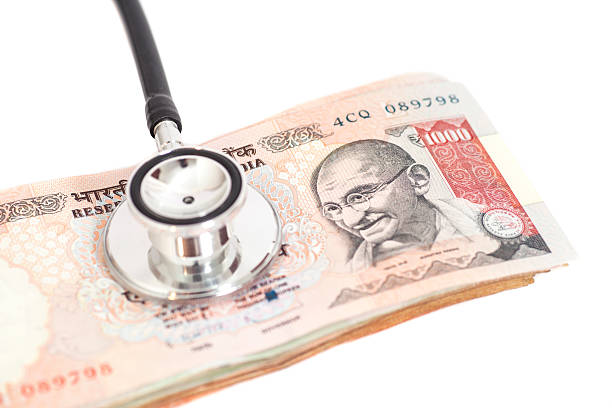Being a doctor in India is both a noble profession and a challenging endeavor. Amidst the dedication to healing and caring for patients, Indian doctors often face significant financial hurdles that can impact their personal and professional lives. In this article, we’ll explore some common financial problems faced by Indian doctors and provide insights on how to navigate them effectively.
1. High Educational Debt:

One of the primary financial challenges for Indian doctors is the burden of educational debt. Pursuing medical education in India, especially in private institutions, can be exorbitantly expensive. Many doctors start their careers with substantial loans to repay, which can take years or even decades to clear.
Tips:
- Plan your finances early: Before embarking on your medical education journey, research scholarships, grants, and affordable education options.
- Budget wisely: Develop a realistic budget that allocates a portion of your income towards loan repayment while ensuring essential expenses are covered.
- Consider loan consolidation or refinancing options to lower interest rates and simplify repayment terms.
2. Low Initial Earning

Despite the perception of doctors as high earners, many Indian doctors struggle with comparatively low initial earnings, especially during the early years of their practice. Factors such as competition, oversaturation of doctors in certain specialties or regions, and entry-level salaries in government hospitals contribute to this challenge.
Tips:
- Diversify income streams: Explore opportunities for part-time clinical work, telemedicine consultations, medical writing, or teaching to supplement your income.
- Negotiate contracts: When joining a new practice or hospital, negotiate your salary and benefits package to ensure fair compensation for your skills and expertise.
- Invest in professional development: Continuously upgrade your skills and qualifications to enhance your value in the job market and command higher earnings.
3. Rising Practice Costs

Running a medical practice in India entails significant expenses, including rent, staff salaries, equipment maintenance, and regulatory compliance costs. Balancing these expenses while maintaining quality patient care can be daunting, especially for doctors in independent or small group practices.
Tips:
- Embrace technology: Invest in electronic health records (EHR) systems, telemedicine platforms, and other digital tools to streamline practice operations and reduce administrative costs.
- Negotiate vendor contracts: Explore opportunities to negotiate favorable terms with suppliers and service providers to lower expenses without compromising quality.
- Collaborate with peers: Consider forming partnerships or joining group practices to pool resources and share overhead costs.
4. Inadequate Insurance Coverage

Despite the importance of medical insurance, many Indian doctors themselves have inadequate coverage, leaving them vulnerable to unexpected medical expenses or income loss due to illness or injury.
Tips:
- Prioritize insurance: Allocate a portion of your income towards comprehensive health, disability, and professional liability insurance coverage.
- Review policies regularly: Periodically review your insurance policies to ensure they adequately cover your evolving needs and adjust coverage levels as necessary.
- Consider umbrella insurance: Explore umbrella insurance policies that provide additional liability coverage beyond the limits of your primary insurance policies.
Conclusion
While financial challenges are an inevitable aspect of being a doctor in India, proactive planning and strategic decision-making can help mitigate these hurdles and pave the way for a financially secure and rewarding career. By prioritizing financial literacy, embracing innovation, and seeking professional advice when needed, Indian doctors can navigate the complexities of their financial landscape with confidence and resilience.